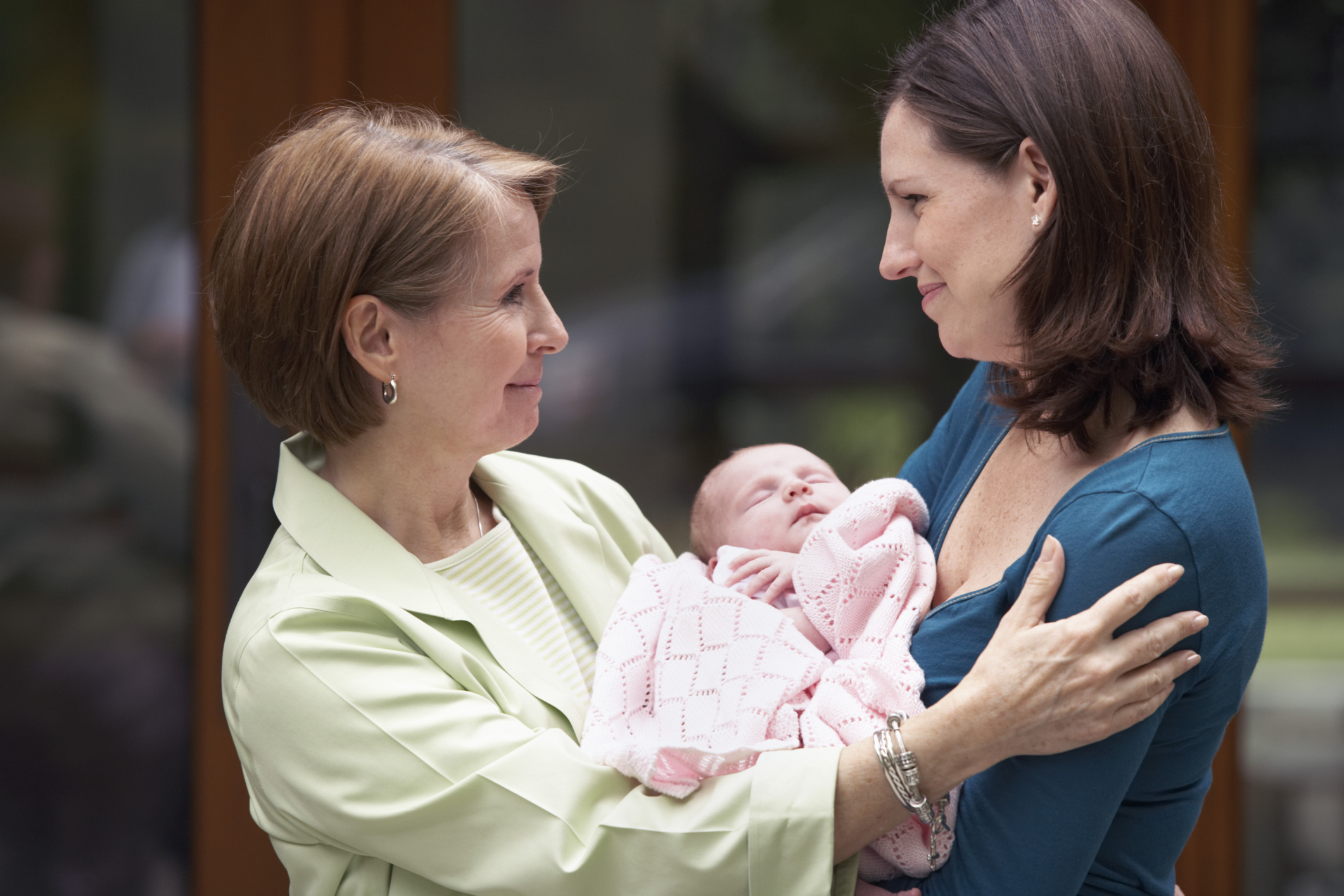Forget swotting up on all the latest parenting innovations, trends and buzzwords – when it comes to raising kids, sometimes the old ways really are the best
Today’s mums have so much information at their fingertips, in the form of books, blogs, forums and websites, that advice from their own mothers and grandmothers can often be seen as a bit, well, out of touch.
But while modern parents may be armed with all the latest childrearing information, their own children are, it seems, increasingly far from perfect – so maybe they’d be wise not to write off every bit of advice passed down the generations.
“When we look at how far down the line from strict and authoritarian parenting we’ve travelled in the last 20-30 years, it seems as if we’ve overshot the mark,” says Liat Hughes Joshi, author of the newly-published New Old-Fashioned Parenting.
“So wouldn’t it make sense to reconsider some of the childrearing methods used by our own parents and grandparents, and see what we can learn from them?”
Hughes Joshi does admit that, yes, our parents’ and grandparents’ childcare methods were often far from perfect, and they’ll need adapting for modern life. “But there’s also a good deal of common sense, as well as practical and effective parenting techniques, to be found in those traditional ways.”
Like these very sage examples of advice that should last through the ages …
A LITTLE BIT OF DIRT WONT HURT
Bathing baby once a week was fine for your gran’s generation, who’d probably think the modern routine of daily baby bathing is a complete waste of time and water. And they may have a point, as studies of the so-called ’hygiene hypothesis’ have concluded that organisms like bacteria and viruses that enter the body along with dirt, encourage the development of a healthy immune system.
I’M GOING TO COUNT TO 10
This is a solid, old-fashioned tactic that works very well because it gives everyone time to sort themselves out. The tantrumming child gets a chance to calm down and the parent can spend a few seconds thinking through their approach. It prevents knee-jerk, hollow threats, says Hughes Joshi.
CRYING BABIES NEEDS A CUDDLE
If your mum cried when she was a baby, your gran wouldn’t have hesitated to pick her up and cuddle her. But some modern parenting experts recommend ’controlled crying’, otherwise known as sleep training, where babies are left to cry themselves to sleep so they learn to go to sleep on their own. However, a 2012 US study found that during sleep training, babies may no longer cry at night, but they still have high stress levels, and this can result in a disconnect between baby and mother.
ONLY BORING PEOPLE GET BORED
If you said this to most of today’s children, they’d look at you blankly and grab their iPad – no chance of scurrying off to raid the board games or craft cupboard. But the sentiment behind it is important – being bored can enhance creativity, help develop independence, and give children time to daydream and process what’s going on in their lives. They just need to get used to it.
“It’s not a bad thing for our children to be bored once in a while and to learn how to entertain themselves,” says Hughes Joshi. “After all, when they’re grown-ups, you’re not going to be there creating their timetable of hobbies for them.”
BECAUSE I SAY SO
The thinking behind this is that the parents are in charge and they don’t want any discussion about the matter in hand. However, as society no longer believes that children should be ’seen but not heard’, let them give their views and really listen to them. But your say is still final!
New Old-Fashioned Parenting by Liat Hughes Joshi is available from on Amazon, priced from £4.99
